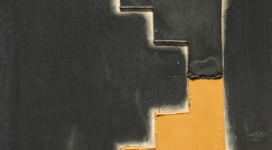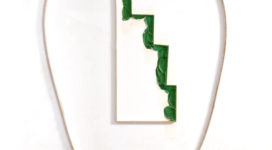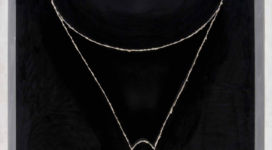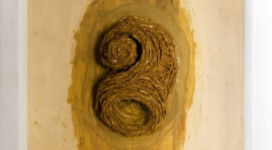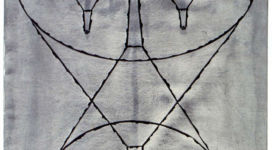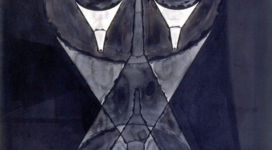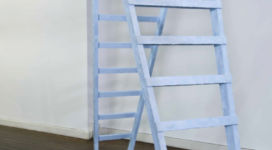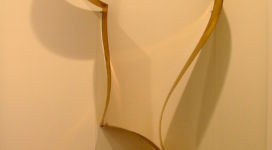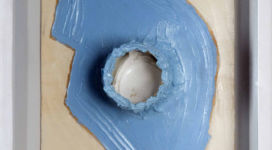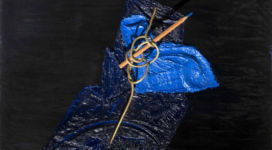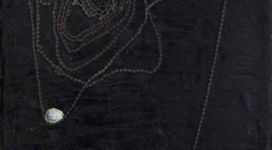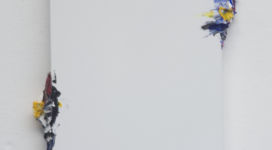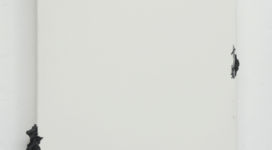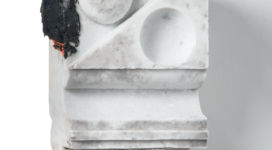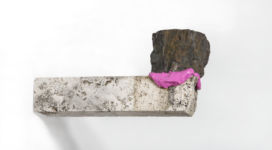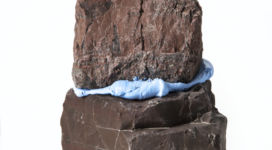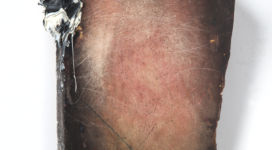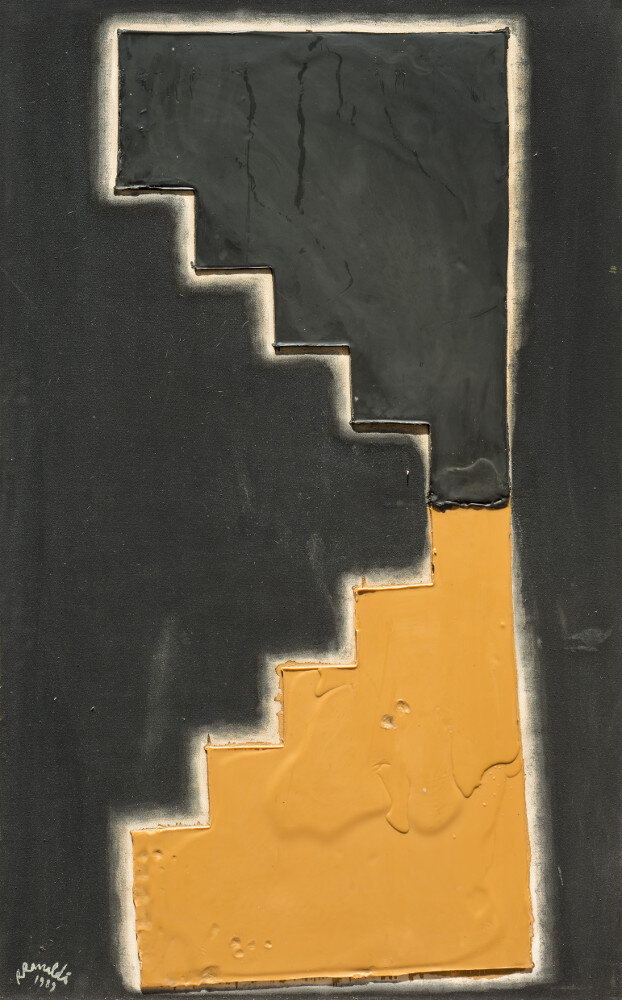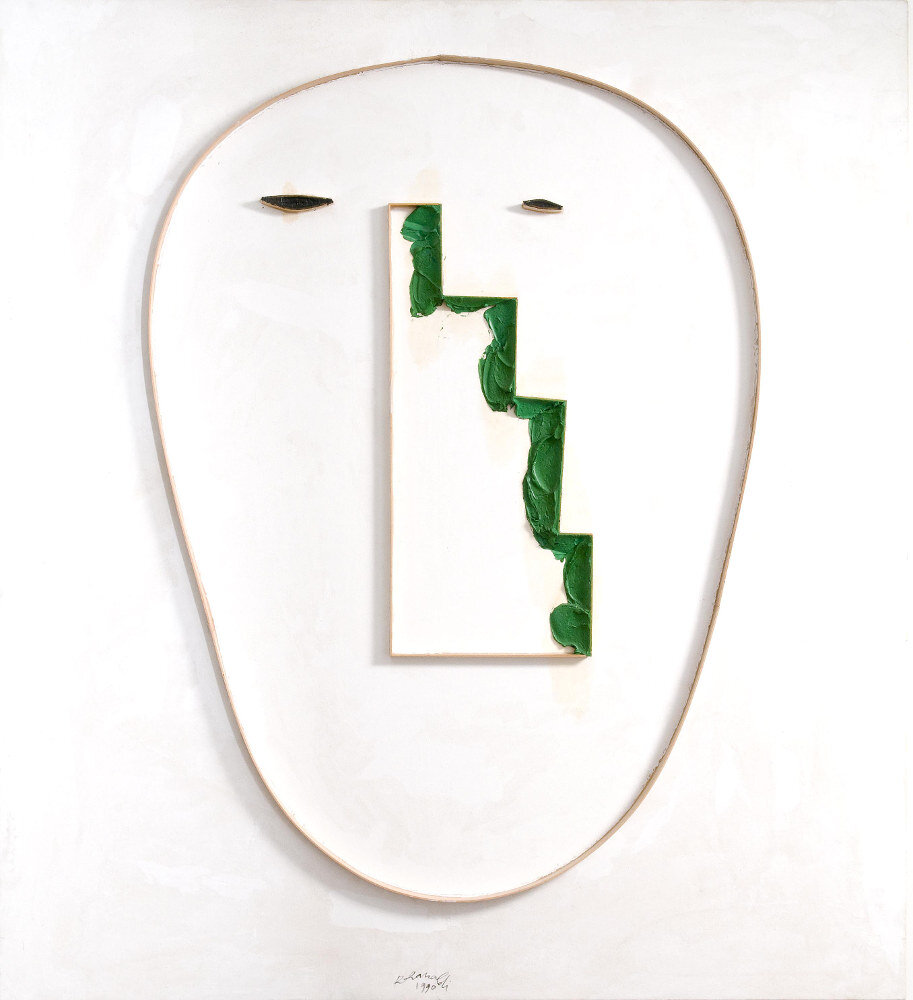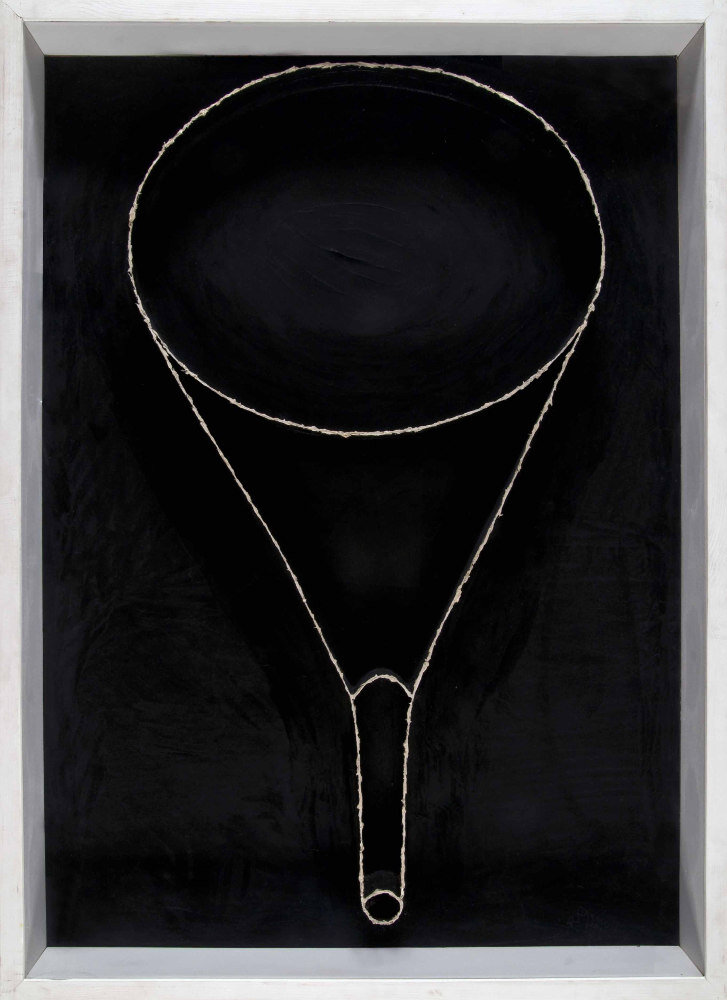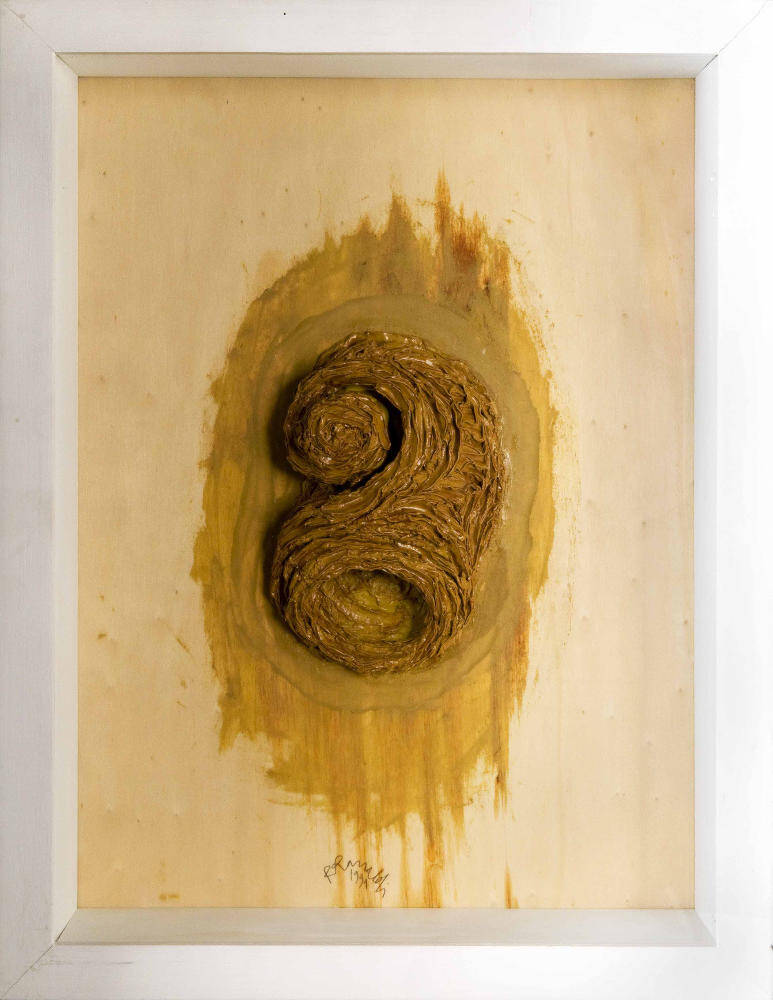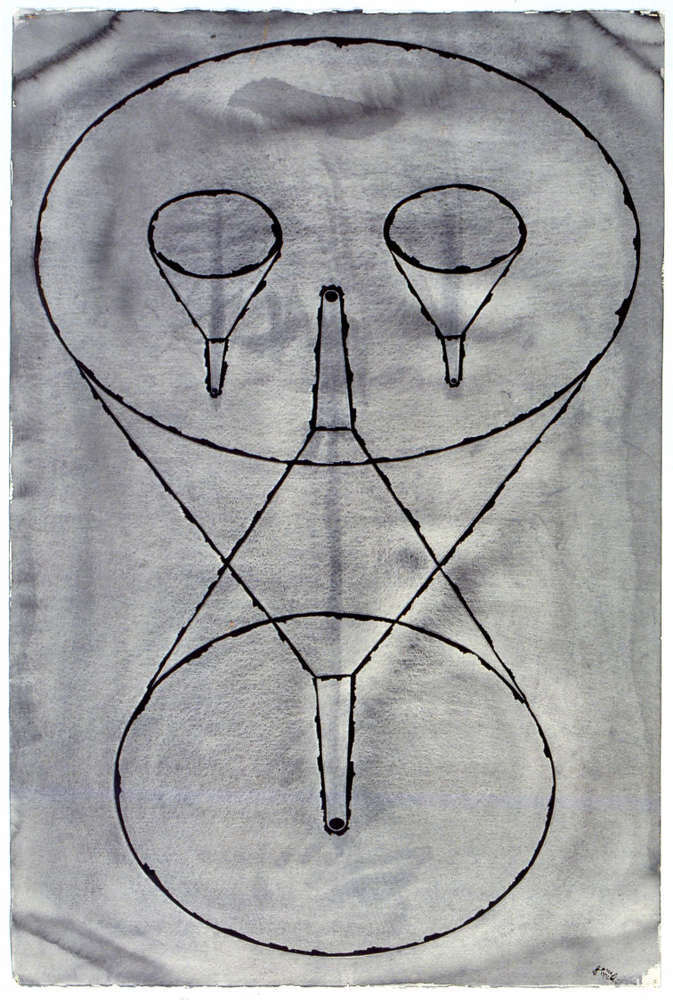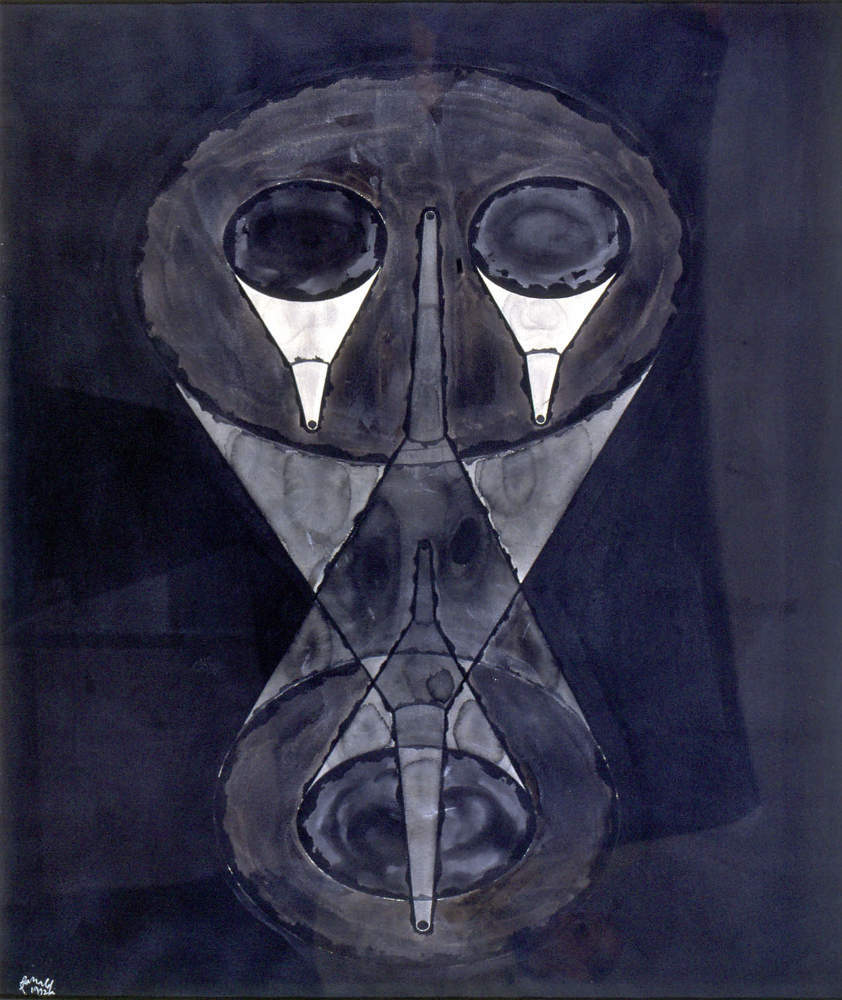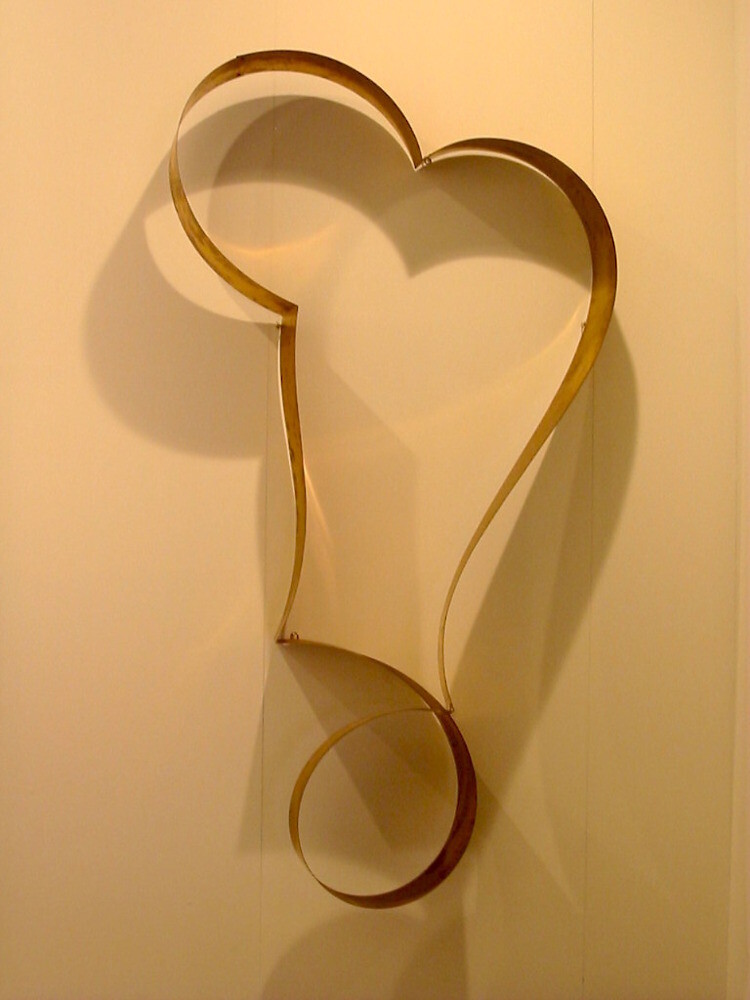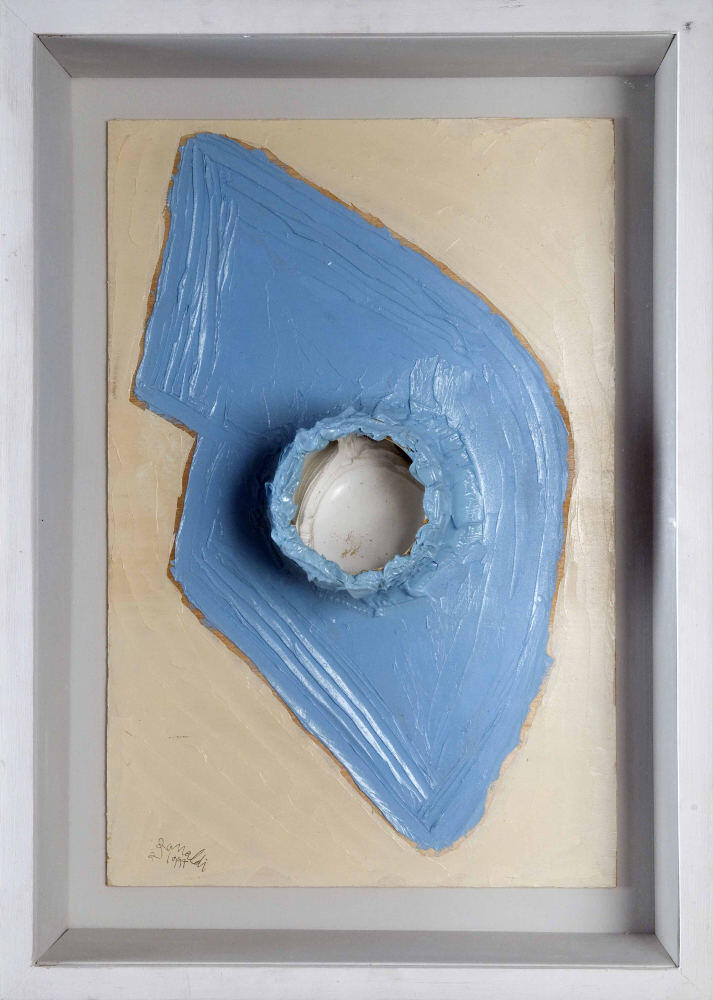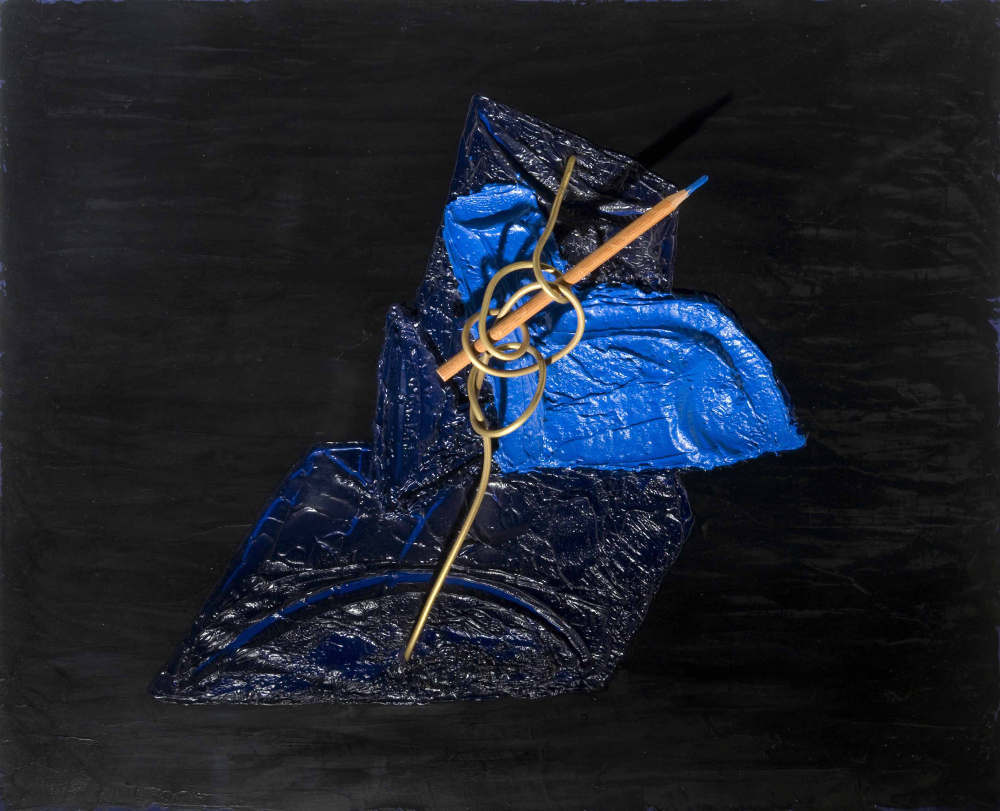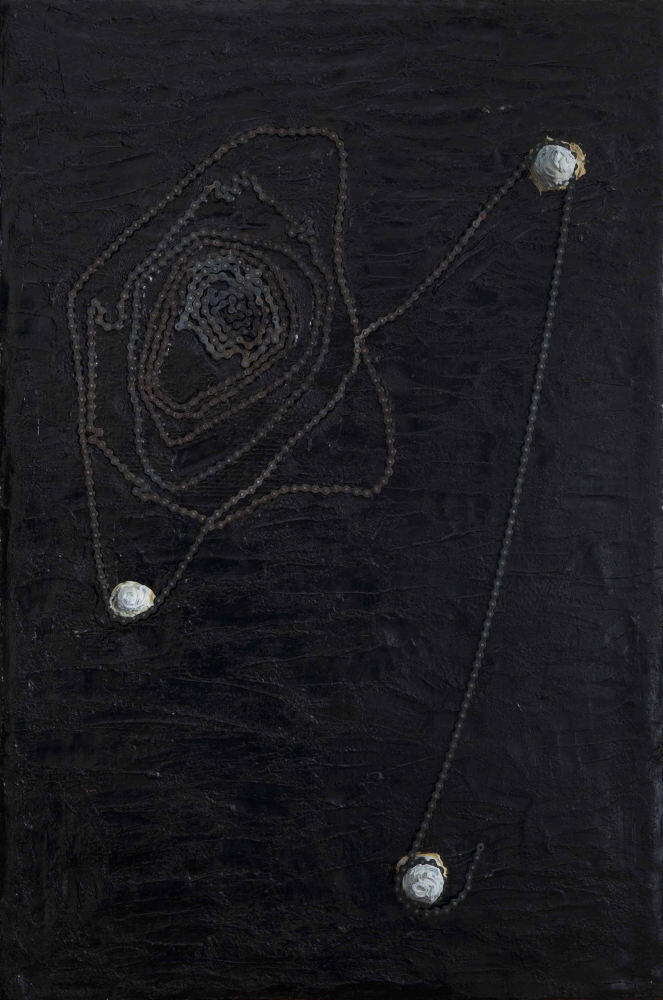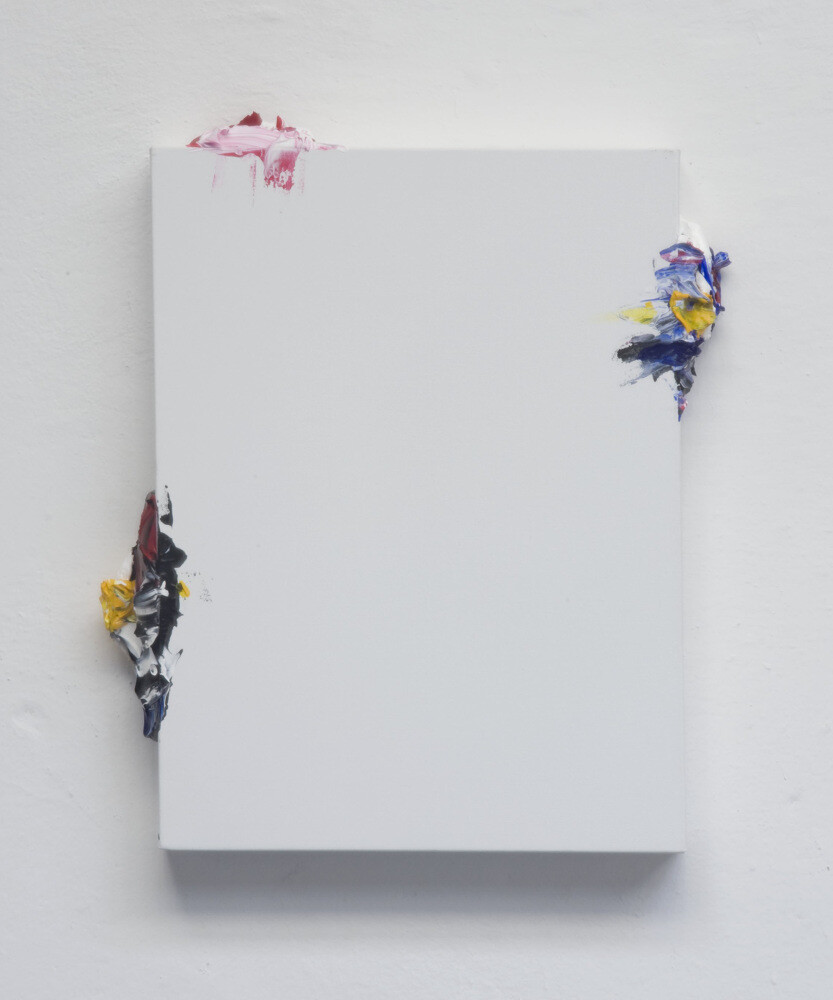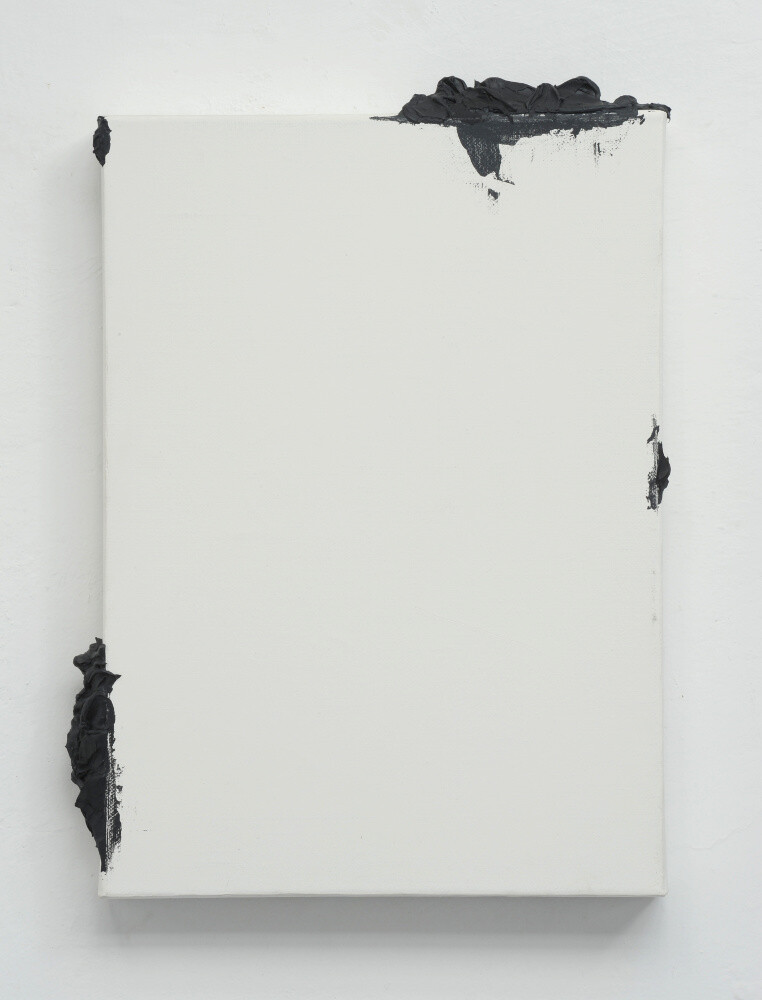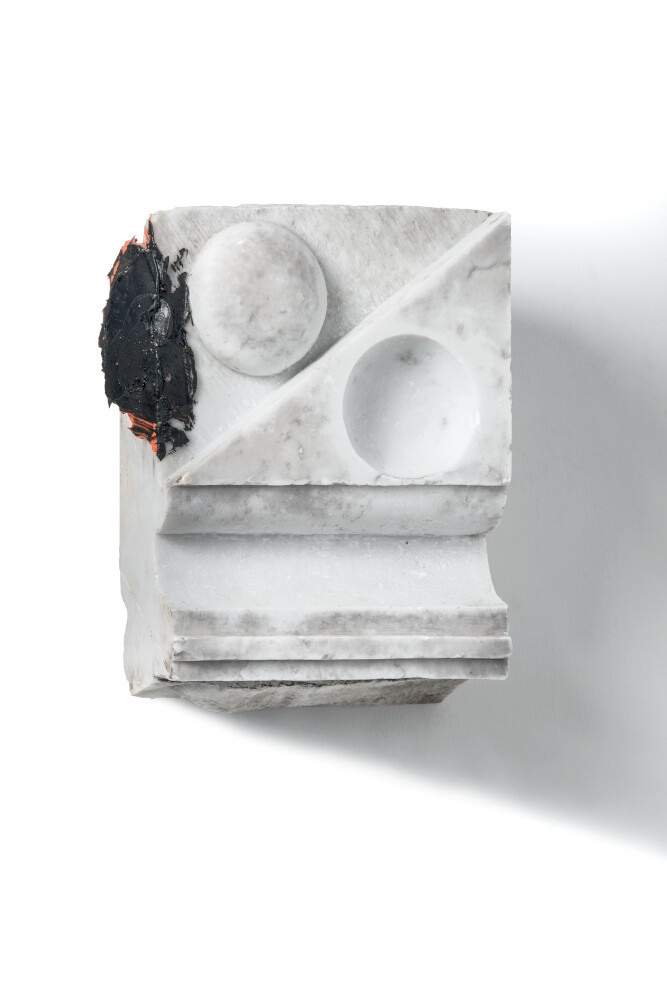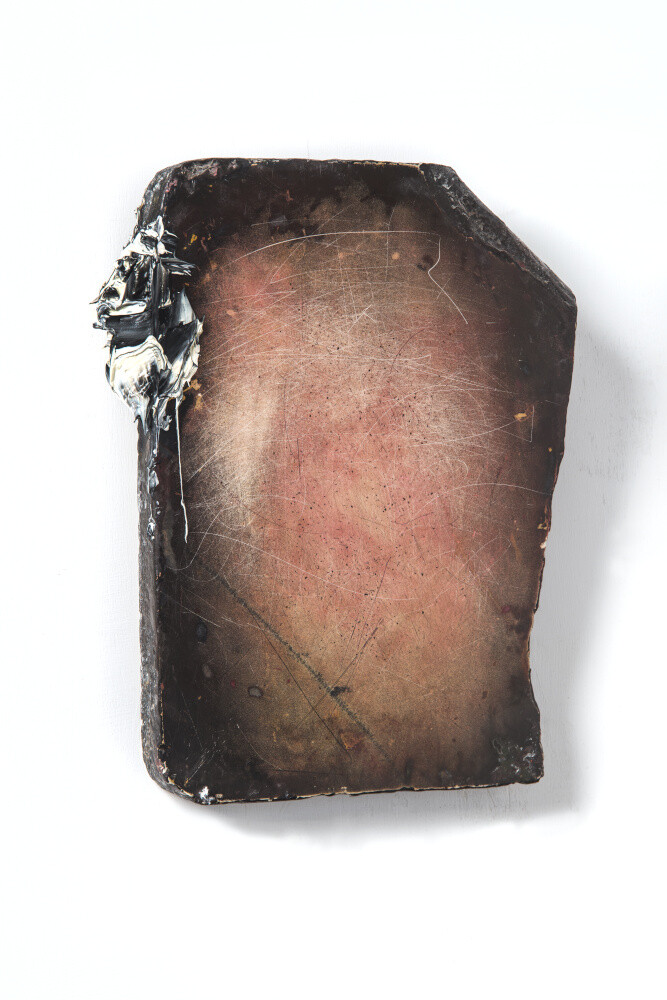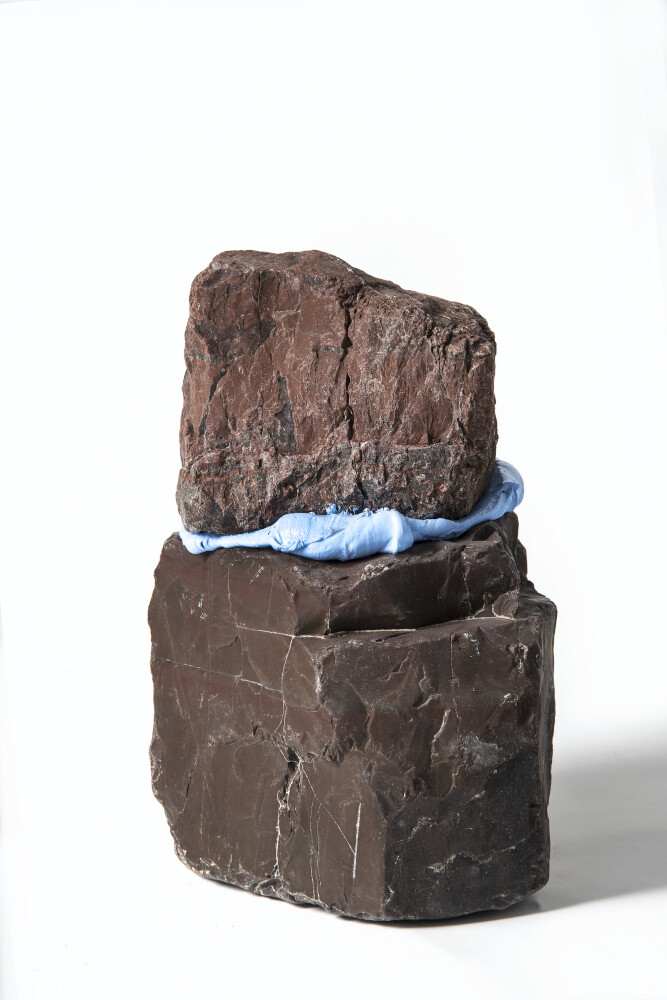| RENATO RANALDI | Exhibition 2021 | |
| Exhibition 2016 | ||
| Exhibition 2011 | ||
| Exhibition 2005 | ||
| Catalogs |
Renato Ranaldi was born in Florence in 1941. During the 1960s he formed ties with many artists revolving around the city of Florence, amongst whom Eugenio Miccini, Giuseppe Chiari, Ketty La Rocca, Adolfo Natalini, Gianni Pettena and Roberto Barni. This was the period of his first trips to Europe (England, France) and the United States. He shared the Teatro Musicale Integrale experience (1967-69) with Andrea Granchi and Sandro Chia. In 1968 he gained his first film experience with Senilix, and his first solo show took place in the same year at Galleria La Zattera in Florence, curated by Claudio Popovich.
In 1971 he made the Timparmonico.
Following a personal path not influenced by the artistic trends of the time – minimalism, pop art, arte povera – he entered the 1970s with an unconventional repertoire of works. It was the period when he formed friendships with the artists Fernando Melani, Luciano Fabro and the critic Bruno Corà.
In 1980 he made Archetipo, “form of forms”.
During the 1980s, he showed large works in numerous public and private exhibitions (Modena: Galleria Mazzoli; Bologna: Galleria Fabibasaglia; Macerata: Pinacoteca; Florence: Sala d’Arme di Palazzo Vecchio, Villa Romana, Galleria Vivita; Malmö: Konsthall).
In 1988 Giovanni Carandente invited him to present a monographic room of sculpture at the XLIII Venice Biennale.
In the 1990s his plastic production underwent another transformation, using zinc, copper and brass laminates to form surfaces or tapes with folds obtained by mechanical means.
In 1994 he began the cycle of different sizes of wooden frames, often painted in royal blue. In the decade of the 1990s he also created the series of “sculpted paintings”.
This period counted solo exhibitions in private galleries and museums in Italy (Ravenna: Pinacoteca comunale; Florence: Galleria Gentili; Perugia: Opera; Pistoia: Palazzo Fabroni; Carrara: Accademia di Belle Arti) and abroad (Los Angeles: Convention Center; Paris: Gran Palais, FIAC; Fresnes: Maison d’Art Contemporain Chaillioux; Vienna, Christine König Galerie).
In 2002 he printed the book La misura. La rotazione, il ritorno, a work that symbolizes the idea of the crisis of artistic identity, for the new I libri series by AEIOU.
Among his exhibitions in recent years, we can cite the 2005 show at Il Ponte gallery in Florence, entitled Parusie (comprising no fewer than 826 small drawings), linked to the book of the same name edited by Bruno Corà, a veritable repertoire of the small drawing. In the same year at the CAMeC in La Spezia, he presented some large sculpture-installations entitled Dispositivi per l’ora d’aria clearly displaying the feeling of ‘risk’ caused by putting the shapes on ‘edge’; lastly Quijotesca, at the Instiituto Cervantes in Paris, where he presented the work Bilico d’i’ciuho e la berva with its accoutrements.
He has taken part in important international art exhibitions: Exempla 2 (Teramo, Pinacoteca Civica); Grande segno cantato (Gubbio, Palazzo Ducale); in 2006, the XII Biennale internazionale di scultura La contemporaneità dell’arte (Carrara, Museo della scultura); Joke, Satire, Irony and Serious Meaning (Murska Sobota (Slovenia), Murska Sobota gallery of modern art); in 2009, Costanti del classico nell’Arte del XX e XXI secolo (Catania, Palazzo Valle); in 2010, Il grande gioco. Forme d’arte in Italia 1959-1972 (Milan, Rotonda della Besana). Until nowdays he has therefore followed an alternating sequence of exhibitions in private and public spaces, amongst which we can mention: Fuoriasse Fuoriquadro, Il Ponte gallery and Arte torna arte, Galleria dell’Accademia (Florence, 2011 and 2012); Fuoricarta, Galleria Peccolo (Livorno, 2014); Au rendez-vous des amis, Palazzo Vitelli a S.Egidio and Ex Seccatoi del Tabacco (Città di Castello, 2015); Books + Papers, Christine Koenig Galerie (Vienna, 2015); La lotteria cieca del Trìscopo, Fondazione Mudima (Milan); Scioperii, Il Ponte gallery (Florence, 2016); Renato Ranaldi. Clinamen, Museo di Arte Contemporanea (Cassino, 2018); Renato Ranaldi. Pietre, Il Ponte gallery (Florence, 2021).
His constant exhibition activities are accompanied by publishing work, with presentations of his books, such as Tebaide, Gli Ori Editore (2010, Celle – Pistoia); Calamaio mistico, Le Lettere Editore (2014, Biblioteca Marucelliana, Florence); Forse piove, Clichy editore (2017, Biblioteca delle Oblate, Florence); Tiritere, Gli Ori editore (2018), as well as many essays featuring in art and literature journals.
